Recent Victims:
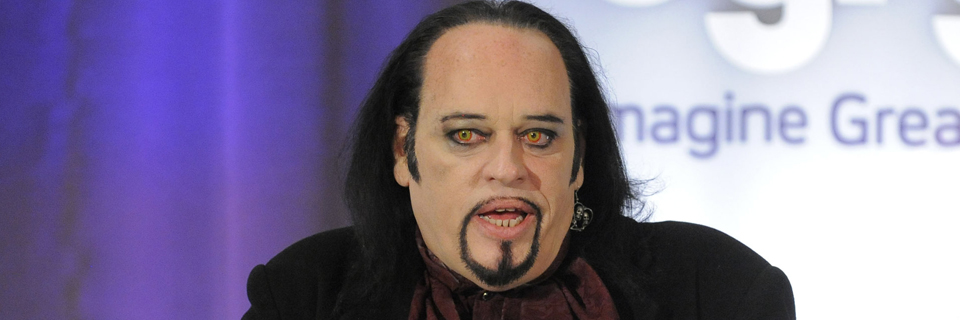
Vampires exist in real life. As far as we know vampires aren’t super powered or immortal, but there are people who live in the world on our plane of reality who are so enamored with the romance and lore of vampires that they DRINK HUMAN […]
Featured Article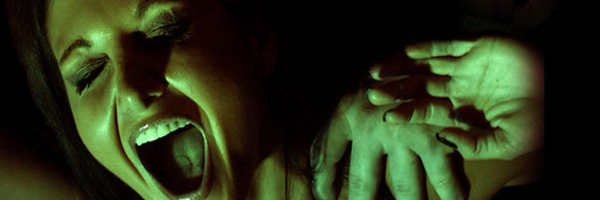
Todd Jason Falcon Cook’s latest movie, ZOMBIEFIED (Screamtime Films DVD) is a mash up of two beloved horror subgenres – the slasher flick and the zombie flick. Add a liberal dose of metal tunes and you have Cook’s latest horror opus. So, does it work? […]
Movie Reviews Movies & TV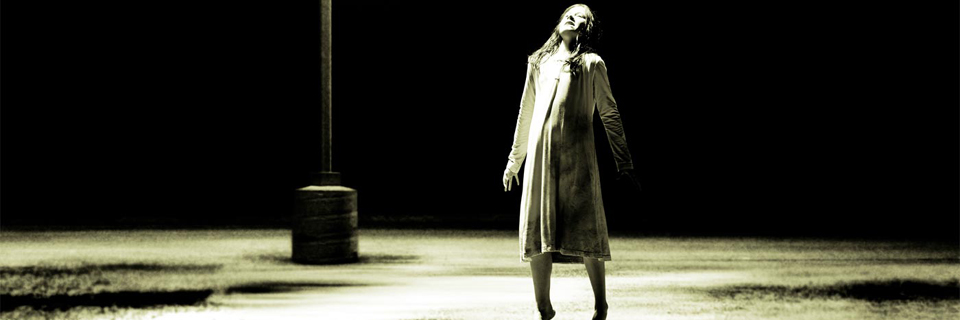
The story is typical…sort of: Box meets girl, girl meets box, and supernatural horror ensues. Director Ole Bornedal’s latest movie, THE POSSESSION walks down an all-too-familiar path in Hollywood horror over the last decade. From movies such as THE BOX to KILL KATIE MALONE, the […]
Movie Reviews Movies & TV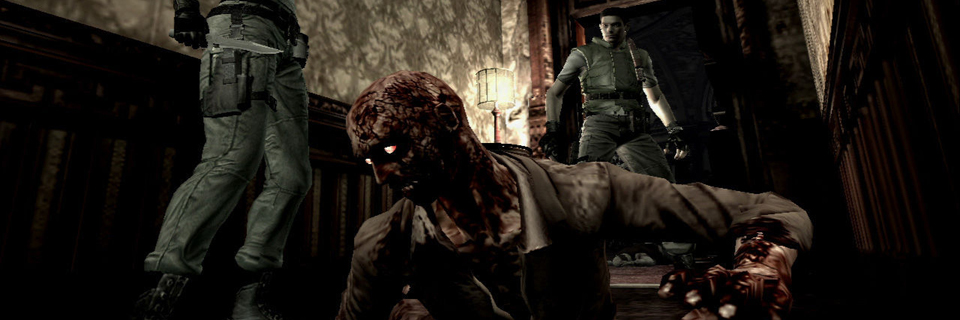
Trends come and go, but some have more staying power than anyone could have anticipated. Since the first zombie shambled across the screen in 1936’s White Zombie, we’ve been fascinated by the undead. Of course, zombies have gone through a few different stages since then. […]
Games & Toys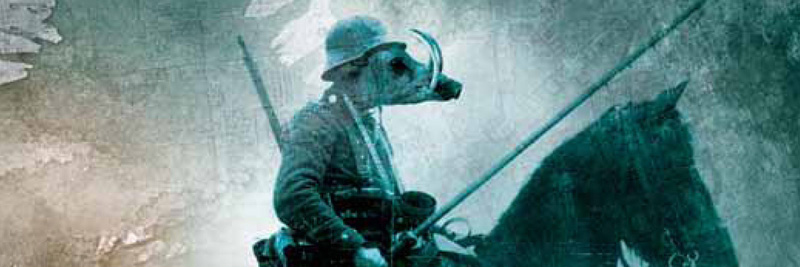
It started in second grade, when my parents rented me the Basil Rathbone/Nigel Bruce Hound of the Baskervilles. I liked it, but I don’t remember much now except that Rathbone’s Holmes was a consummate English gentleman and Bruce’s Watson was an idiot.[1] I liked Granada […]
Book Reviews Books & Comics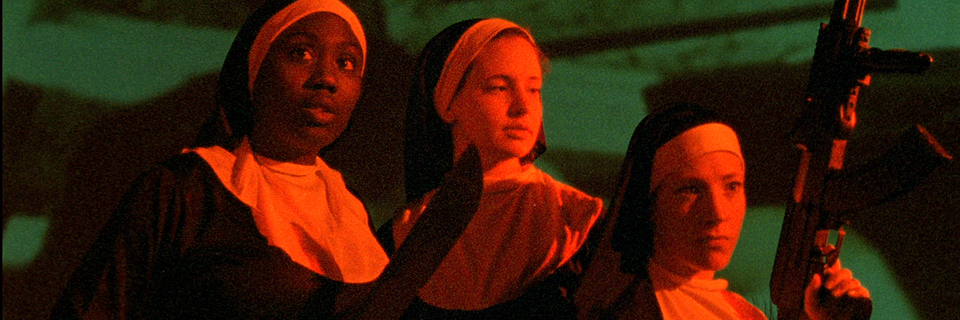
Before we begin this interview let us take a moment to bow our heads down in prayer. If you’re new to the faith of nunsploitation please follow along by using the excerpt of the prayer below. Nunspolitation prayer: “Our father in heaven, unhallowed be those […]
Movie Interviews Movies & TV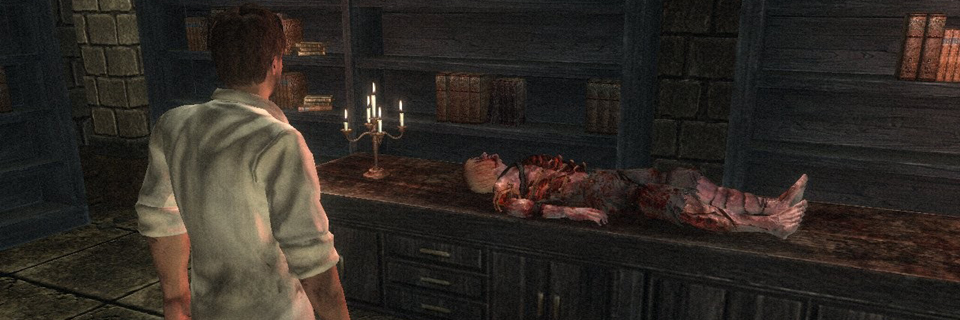
I recently got my hands on a subscription to GameFly. It’s usually a bad idea to enable my addictions, but I’m weak-willed, and it’s easy to rationalize this sort of purchase. After all, if you buy a new game more than every few months, the […]
Games & Toys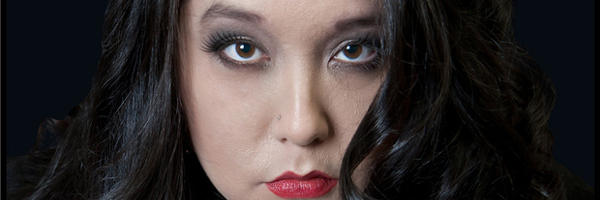
Known as the Emerald City, Seattle, Washington couldn’t be a more appropriate home for a filmmaker with Tonjia Atomic’s sensibilities. Ms. Atomic unleashed her abstract fantasy aesthetic with the dark and surreal fairytale short, COMPANION, as well as the absurdist silent short AWESOME OUIJA BOARD, […]
Movie Interviews Movies & TV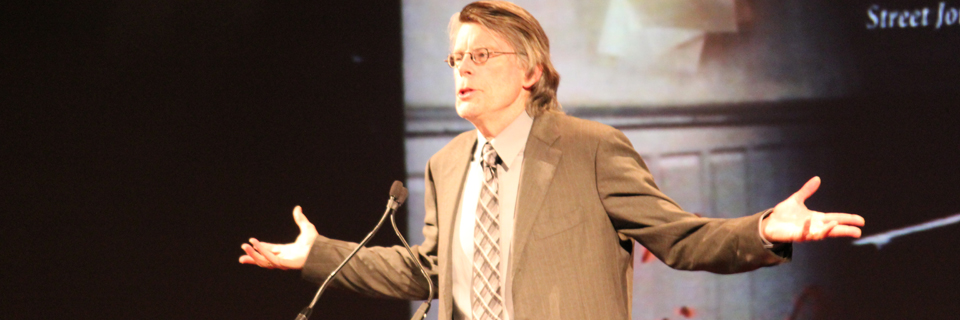
Actually, I can’t promise that what follows are the dumbest things you’ll hear as a horror writer, but they’re certainly the dumbest things I’ve heard during my time in our beloved genre. Generally, when I tell someone I write horror, the response I get is, […]
Featured Article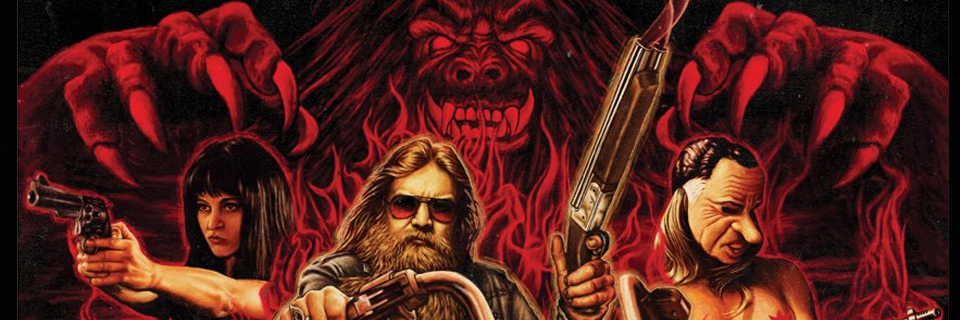
James Bickert’s DEAR GOD NO! is not fun for the whole family, it’s not the feel-good movie of the year, nor is it a movie to enjoy on date night. In fact, unless you’re a member of the coveted 18-34-year-old demographic, male and in the […]
Movie Reviews Movies & TV